
“We will cross this bridge together.” This sentiment, expressed by the late father of Filipina-American abstract visual artist Rachel Gonzales, was the core inspiration for Gonzales’s “Portal of Healing,” a site-specific installation now on view at Fondren Library.
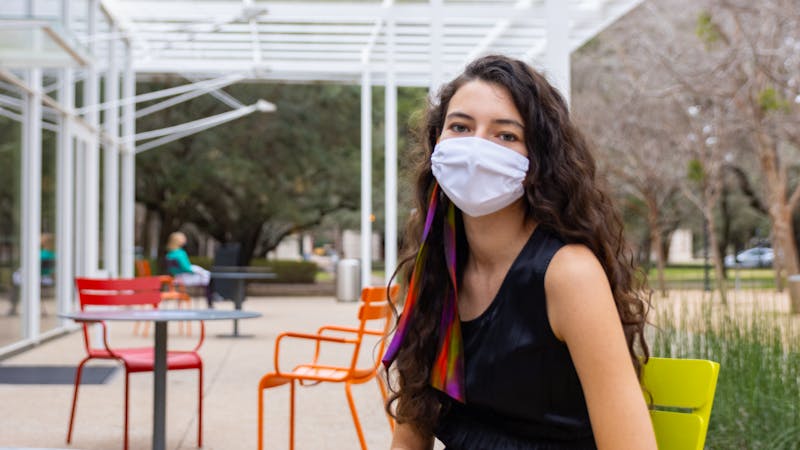
Gabriella Feuillet’s most memorable Rice experience involved two days without sleep, a gash on her finger and a 4 a.m. trip to the emergency room. Feuillet, who is an architecture major, said that this traumatic memory galvanized her towards self-care.
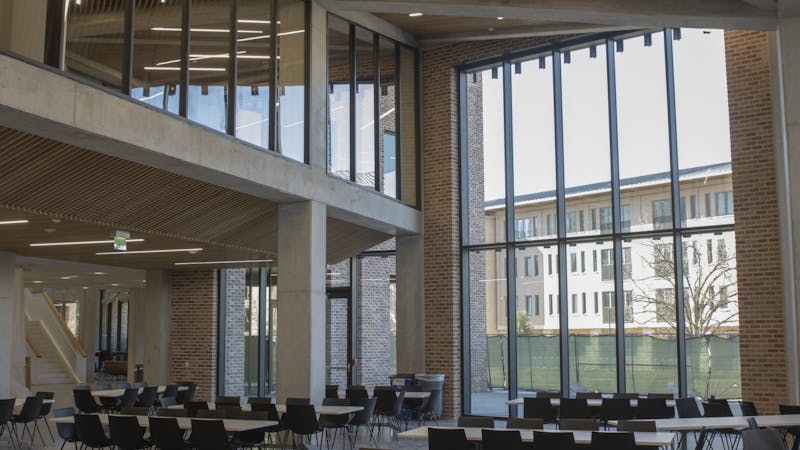
After nearly two years of construction, the new Sid Richardson College building opened its doors to the first of its residents on the week of Jan. 18. The building features ten floors of student housing, spacious common areas including a 4,000 square foot outdoor patio, isolated study pods, an Off Campus lounge and a theatre, according to Housing and Dining Senior Director David McDonald. The magisters’ house, quad and nearby parking lot remain under construction and are expected to be completed in the next two to three weeks.

Rice experienced a spike in COVID cases over the past few weeks, much of which can be attributed to increased travel and laxer social distancing measures during the holidays, according to Kevin Kirby, chair of the Crisis Management Advisory Committee.
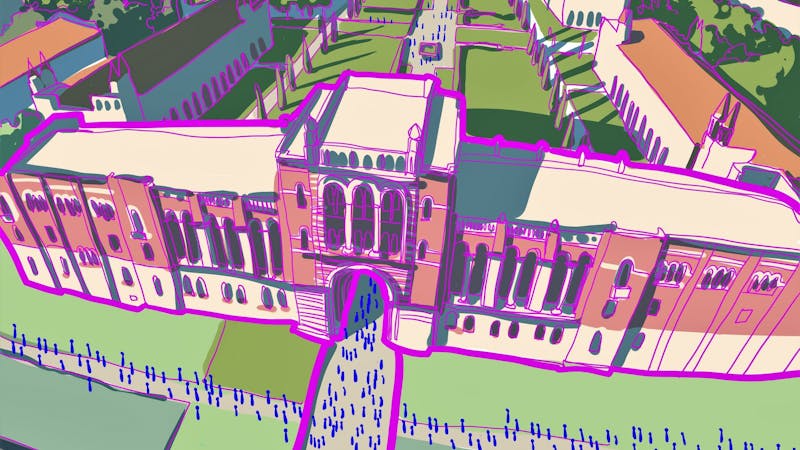
Rice plans to increase the undergraduate population by 20 percent by 2025, according to President David Leebron. Leebron presented the preliminary plan for the expansion at the Jan. 27 Faculty Senate meeting.

The confirmation of Donald J. Trump’s victory in the 2016 presidential election set the stage for a political rollercoaster that lasted four years. It drove countless Americans to take a stand and voice their support for and opposition to the former president, whose controversial policies and actions sparked heated debates. On campus, those conversations served as fuel for movements and organizations that sought to politically engage and inform students. Rice saw a surge in voting rates in recent years and high engagement in the past election as a result of the efforts of various on-campus clubs and groups.

Following a hiatus of almost 15 months, the Rice women’s soccer team will start its season tomorrow squaring off against McNeese State University in Lake Charles, Louisiana. The Owls will rely on a deep roster, with eight of 11 starters from the 2019 season returning, as they hope to put together a successful 2021 campaign.

The Rice men’s basketball team dropped two games this past weekend, both to the University of North Texas, as their record fell to 10-8. Following these losses, the Owls have now lost five games in a row. In order to break this losing streak, head coach Scott Pera said his team needs to fix some mistakes to get back on track.

Collect it for the Culture III is the third annual Houston art show by Black Buddha Creative Agency that seeks to present culture-focused fine art and encourage beginning collectors. This year the Black-curated, Black-organized show continued its mission by showcasing many more artists than in past years, creating a significant platform for featured BIPOC artists to gain exposure. The show opened to the public last Saturday, Jan. 30 at GreenStreet, a commercial development in Downtown Houston, and will be on view until Feb. 28.

Evan Choate has always been interested in contextualizing literature and narratives — and the past year gave him quite the backdrop to do so. For Choate, a postdoctoral fellow in public humanities with the Humanities Research Center at Rice, a central element to the narrative of being out or being proud is about “living your truth” and “embodying this identity” — a large part of which is done by accessing community. Although Choate lives with his husband and dog, being at home and isolated because of the pandemic has made this identity feel “muted,” he said.
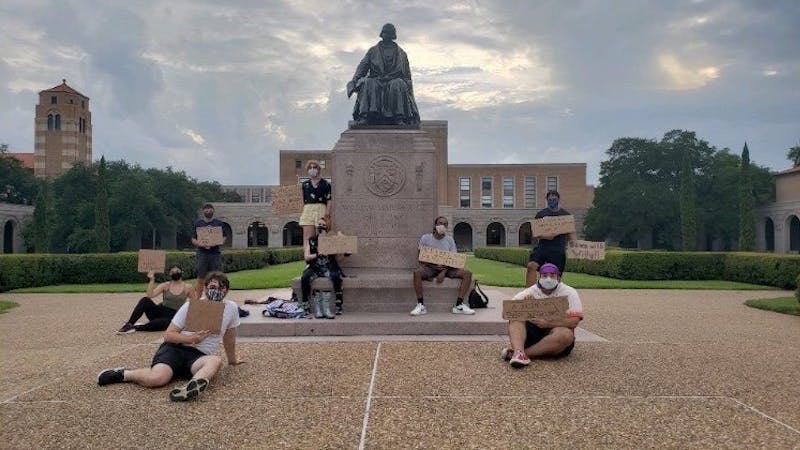
At sit-ins during the fall semester, fellow protestors and I would occasionally be confronted by passersby defending William Marsh Rice’s legacy and his statue’s placement on our campus. Some may attribute the stubornness of Willy’s defenders to the gaps in the record of William Marsh Rice’s ties to slavery. However, as more information about William Marsh Rice's life comes to light, this ignorance becomes a choice. Decision-makers and opponents of the sit-in alike must come to terms with the overwhelming evidence of the Rice family’s anti-Blackness and take down the statue.
February is Black History Month, which for the Rice community means it’s an especially fitting time to reflect on the history of Black students on campus. William Marsh Rice’s original charter for the school excluded non-white students, and ever since the first Black undergraduates were admitted in 1965, the Black student community at Rice has made significant contributions to campus while simultaneously facing continued discrimination and racism.
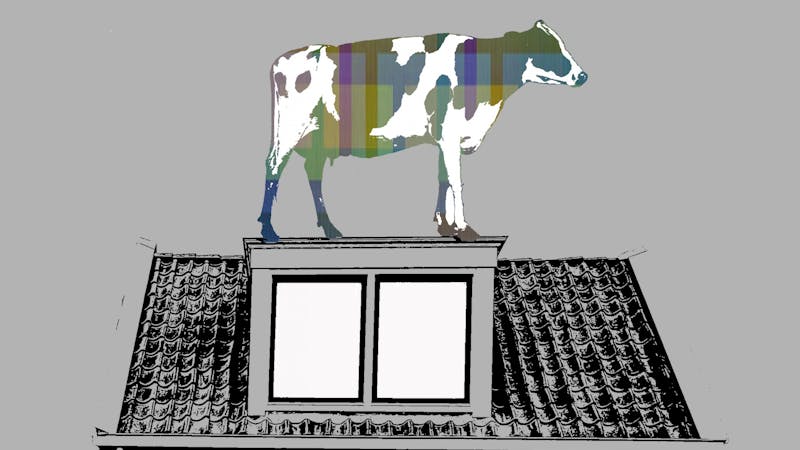
An avant-garde multimedia film project created by McMurtry College sophomore Connor Chaikowsky and Martel College sophomore Ling DeBellis, “Le Boeuf en Concert'' is an intersection of classic Soviet cinema and Latin American music and artwork. The project weaves together Chaikowsky’s violin performance of the piece “Circus Fantasy'' with DeBellis’ artistic rendering of the 1936 film “Circus.” It will also feature pieces commissioned by Rice University composers alongside artwork from the Houston art gallery Sicardi | Ayers | Bacino. “Le Boeuf en Concert'' will stream on A440.live on Feb. 12 and 13.

Classes for the 2021 summer term will be delivered in an online format, unless otherwise specified, and at a reduced rate of $300 per credit hour for Rice undergraduates, according to a memorandum from Provost Reginald DesRoches.

A lot has changed for the Rice volleyball team since the end of their 2019 season, which saw them earn their first top-25 ranking and the first win in an NCAA tournament game in program history. Since then, the Owls have seen several key players leave. Of their nine most-used players last year, only three remain on the roster this season. Of the five Owls to earn first or second team all-conference honors in 2019, only two remain.

Nestled in Houston’s Fourth Ward is the city’s historic Freedmen’s Town, a neighborhood of formerly enslaved Black people settled post-emancipation into what would become a cultural and artistic hub, rightfully earning the Fourth Ward its title as the "Harlem of the South" in the early twentieth century. While only around 50 of the original 508 structures are still standing in the 40-block district, Freedmen’s Town remains a historical, cultural and artistic hub, and local non-profit Houston Freedmen’s Town Conservancy is dedicated to protecting and revitalizing the site’s legacy.